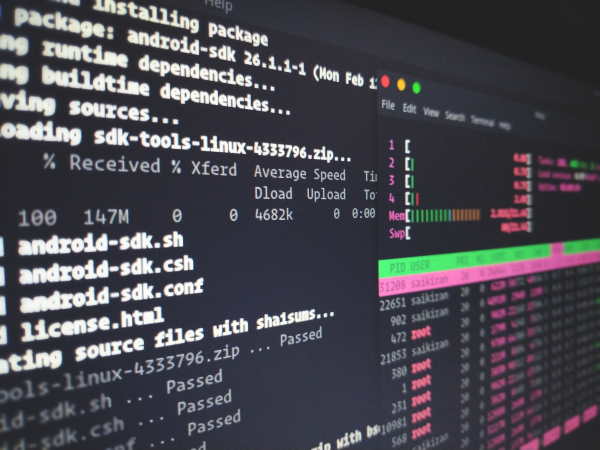There are quite a few different operating systems out there. They have their own pros and cons since they’re all different and unique. Two of the most popular ones are Windows and Linux. Most users are aware of one or both operating systems and familiar with the advantages and disadvantages of using either of the two. However, sometimes some programs and software just run better on a specific operating system. That’s why you find so many people trying to run Windows software on Linux computers. On the other hand, you’re also likely to find many people who want to run Linux software on Windows computers.

However, in some cases, you
might have to get a powerful GPU, but fret not as budget GPUs will
work too, explore them below:
https://www.pcguide.com/reviews/best-budget-graphics-cards/
Linux has quite a few benefits over Windows. A few prominent ones are that it supports power command-line tools and also benefits the development environment. There are many different ways to run Linux software on your Windows computer. Here are a few ways you can do so:
Cygwin (Partial Linux Environment)
If you’re looking to run a few crucial Linux utilities on Windows and don’t really care about running a whole Linux window on a Windows desktop, then Cygwin might be right for you. Cygwin offers a range of tools that emulate what Linux has to offer but on Windows. It can’t, however, run existing Linux software on Windows desktops. The software will likely have to be recompiled. Luckily, a lot of software has already been recompiled and you can use Linux-like commands and terminals, offering similar command-line programs as you might have previously used on Linux desktops
Installing Virtually (VMs)
Using virtual machines, you can basically run any operating system within a window on your desktop. It’s that simple. The first thing you need to do is install any virtual machine app, like VirtualBox or VMware Player. Then, you need to install a Linux distribution such as Ubuntu onto the virtual machine. This is done the same way as installations are carried out onto your normal desktop and windows machine.
Adopting this method allows you to boot up your Linux software straight from the desktop. You don’t need to reboot your system every time you want to run Linux on Windows. If you’d like an even more immersive interface and want your windows to be located in the Windows desktop instead of the separate virtual machine window, you could opt to use VirtualBox’s seamless mode or VMware player’s unity mode. This would allow you to run Linux applications directly on your desktop.
Furthermore, this method can run pretty much everything excluding games and 3D software, so it’s super useful. Due to the limitation, virtual machines have with 3D effects, you might be better off not using Ubuntu since it has 3D effects in the desktop interface which might lead to instability and rough running of programs. It might make the whole system laggy — no one wants that. So, it would be smart to install some Ubuntu derivative. Xubuntu is a pretty good choice considering it doesn’t run any of those 3D effects and it’s light and efficient.
Installing Linux Distributions through Wubi
Unlike the previous solution I mentioned, this method actually involves directly installing Linux on the Windows desktop and doesn’t just involve running Linux-like tools and utilities on Windows. Technically, this means that you’ll have to restart your system every time you want to use Ubuntu.
The benefit of using Wubi to install Ubuntu, however, is that it doesn’t require you to create a whole different partition like it would normally be required for a standard dual-boot system. Instead, it uses a file located in the Windows partition and this file acts as the “Ubuntu drive”. You can simply uninstall Wubi directly from the control panel when you’re done, thereby deleting Ubuntu from your system safely and with ease. Also, it offers better performance than using Linux on virtual machines but it doesn’t perform as well as using a dual-boot configuration.
Ported and Compiled Programs (Partial)
If you’re just looking for some programs from Linux that you really miss and could use, you can simply search for ported and compiled Linux programs for Windows. It’s highly likely that someone has already ported it and you’ll be able to use it directly on Windows. If not, well, hopefully, it won’t take long for someone to get around to it. Or maybe you could do it yourself, if you know how to, that is.
Distributions (Linux Based)
coLinux, also known as Cooperative Linux, allows you to run Linux directly beside the Windows kernel. This grants you much better performance than using virtual machines. However, the catch is that it only works with 32-bit Windows systems, and doesn’t currently support 64-bit systems. This renders this option a bit outdated. But, if you don’t mind using 32-bit Windows, this might be right for you.